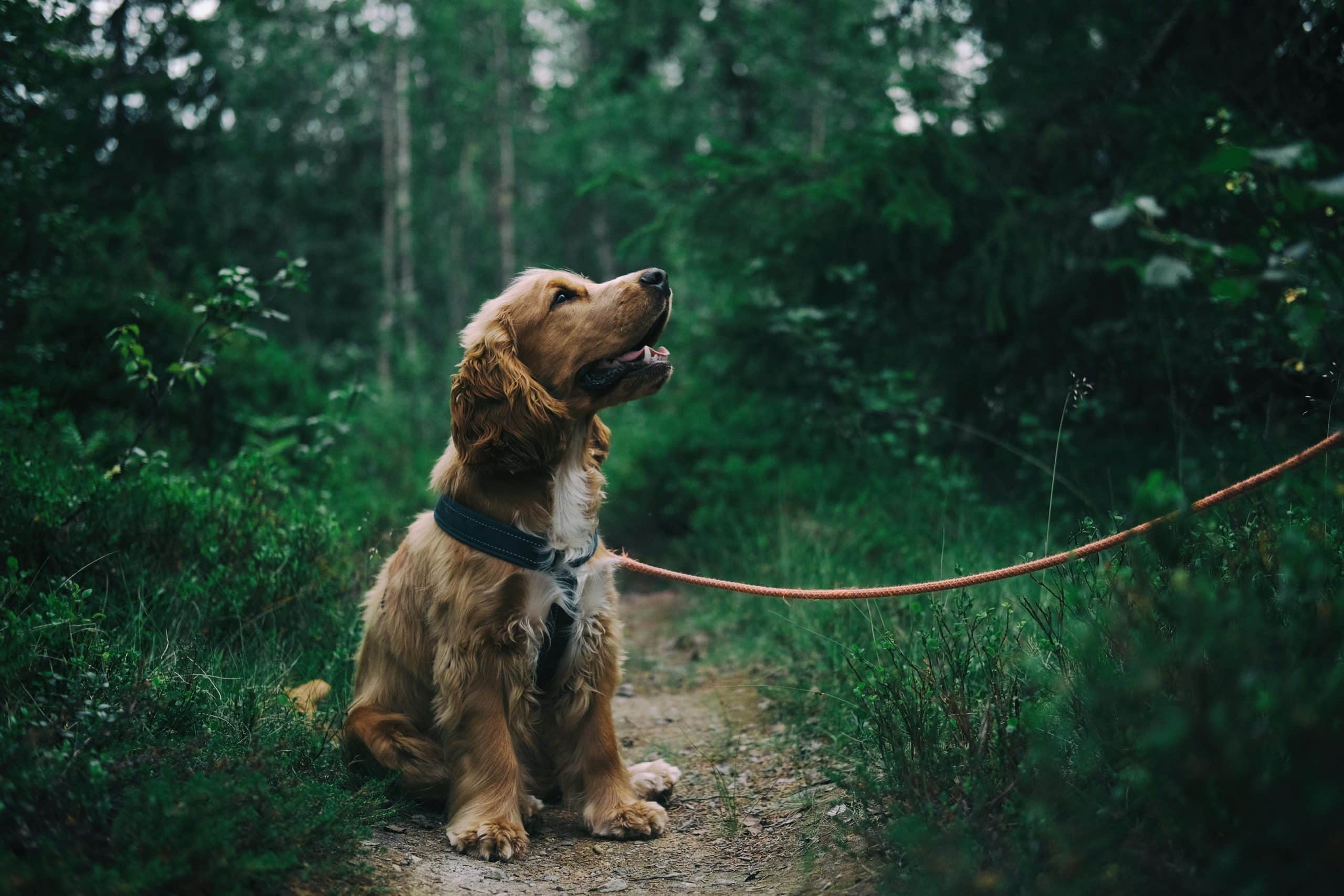How to Design a DIY Agility Course for Dogs in a Small Backyard?

Dog agility courses are fun, challenging, and beneficial for dogs of all breeds and sizes. They provide both mental and physical stimulation, help to improve a dog’s agility and obedience, and strengthen the bond between pet and owner. Whether your dog is a seasoned agility competitor or a playful pet, a DIY agility course could be just what you’re looking for. However, not everyone has the luxury of an expansive backyard. No worries! You can still build an agility course that fits your small backyard perfectly. This article will guide you step by step on how to design a DIY agility course for your pet in a small backyard.
Understanding the Basics of Dog Agility Course
Dog agility is a sport in which dogs navigate through a series of obstacles under the direction of their handlers. The handler guides the dog in a race for both time and accuracy. Common obstacles in agility courses include jumps, tunnels, weave poles, and pause tables. Each obstacle presents different challenges for the dog and handler and requires different skills to overcome.
Also to see : What’s the Best Way to Address Resource Guarding in Dogs?
Typically, an agility course will consist of 14 to 20 obstacles, which the dog must negotiate in a particular order. The course layout can be almost anything, as long as it meets the requirements of the regulating body.
Before you start designing your course, it will help to familiarize yourself with the basic types of agility obstacles and how they’re used in a course. Here is a brief overview of the most common ones:
Also read : What Are the Best Hypoallergenic Cat Breeds for Allergic Owners?
- Jumps: These can be single, double, or triple, with various heights and widths.
- Tunnels: They come in different lengths and diameters, and dogs need to go through them fast.
- Weave Poles: A series of vertical poles that the dog must weave through in a precise pattern.
- Pause Table: A raised platform where the dog must stop and stay for a specific amount of time.
Planning Your Agility Course
Before you start to build, take an image of your backyard. Consider the available space, the type of soil, the existing plants and trees, and any other features. This will help you plan the layout of your course, taking into account the space restrictions and the safety of your dog.
When designing your course, keep in mind the size and skill level of your dog. Larger dogs will need bigger obstacles and more space between them. Similarly, if your dog is new to agility training, you may want to start with simpler obstacles.
Once you have a clear image of your backyard and your dog’s needs, you can start to plan the layout of your course. You will need to decide where each obstacle will go, how much space there will be between each one, and the order in which your dog will tackle them.
Building the Agility Course
Now that you have a design in mind, it’s time to start building your DIY agility course. Here’s a step-by-step guide to creating the most common obstacles.
Jumps
For this step, you will need four 5-foot PVC pipes, four PVC elbows, and two jump cups. You can buy these supplies at any home improvement store.
- Build a square frame with the PVC pipes and elbows. This will be the base of your jump.
- Attach the jump cups to the vertical poles at the desired height.
- Insert a pipe into the jump cups. This is the bar that your dog will jump over.
Tunnels
To build a tunnel, you will need a long, sturdy material that can hold its shape when your pet runs through it. Heavy-duty landscaping fabric or a children’s play tunnel can work.
Weave Poles
To build the weave poles, you will need six to twelve 3-foot PVC pipes and a PVC pipe cutter.
- Cut the PVC pipes to the desired height. 3 feet is usually a good height for most dogs.
- Space the PVC poles evenly along a line in your backyard. The standard spacing is 24 inches between each pole.
Training Your Dog to Use the Course
Once your DIY agility course is ready, the next step is to train your dog to use it. This will take time, patience, and lots of positive reinforcement. Start by introducing your dog to each obstacle individually. Use treats or toys to encourage your dog to engage with each obstacle.
For jumps, start with the bar at a low height and gradually raise it as your dog becomes comfortable. For tunnels, guide your dog through the tunnel with a treat or toy. For the weave poles, guide your dog through the poles in a weaving pattern, again using treats or toys as motivation.
Remember, the goal of agility training is to have fun and build a stronger bond with your pet. So, always end training sessions on a positive note, and never force your dog to do something it seems uncomfortable with.
Now that you have a clearer idea of what it takes to build a DIY agility course in a small backyard, you can start planning, building, and training right away. So, have fun, be creative, and watch as your pet’s agility and confidence grow!
Introducing Additional Obstacles
Expanding the complexity and versatility of your agility course can be an engaging challenge to take on. Two additional common obstacles in most agility courses are the Teeter Totter and the Tire Jump.
The Teeter Totter, also known as a seesaw, is a balance beam that tips as the dog walks over it. It requires a lot of body awareness and confidence from the dog, making it a great addition to your course. You can build a basic version using a long plank and a sturdy fulcrum, such as a stack of bricks. Make sure the plank is wide enough for your dog to walk on comfortably, and secure it well to prevent accidents.
The Tire Jump is a fun obstacle that involves your dog jumping through a suspended ‘tire’. Real tires are heavy and could injure your dog if they were to fall, so instead, a lightweight and safe alternative can be a pool noodle formed into a circle. You can hang this from a sturdy frame, adjusting the height as your dog’s jumping ability improves.
Remember that introducing new obstacles should be done gradually. Allow your dog to familiarize with them at their own pace. Also, ensure the safety of your dog at all times. Avoid constructing obstacles too high or too complex for your dog’s ability.
Conclusion: The Benefits of a DIY Dog Agility Course
Building a DIY dog agility course in a small backyard might seem challenging, but with careful planning and some resourceful thinking, it’s definitely achievable. This project not only provides an excellent way to exercise your dog but also a great opportunity for bonding and fun.
Practicing on the agility course will help your dog to improve not only their physical strength and endurance but also their mental agility. It can help shy dogs to gain confidence, hyper dogs to use up their energy in a positive way, and all dogs to strengthen their obedience training.
It’s also an excellent way to add some variety to your dog’s exercise routine. Instead of just a regular walk or ball-chasing session, agility training provides multiple forms of physical and mental stimulation.
As a dog owner, building and using a DIY dog agility course can also be rewarding. You get to use your creativity to design a course that suits your dog and your small backyard. And there’s nothing more satisfying than watching your dog have fun and grow in confidence and ability as they learn to navigate through the course you’ve built with love.
So, why not give it a try? Grab some PVC pipe and start designing your own agility course. Remember, the most important thing is to have fun and enjoy the process!
